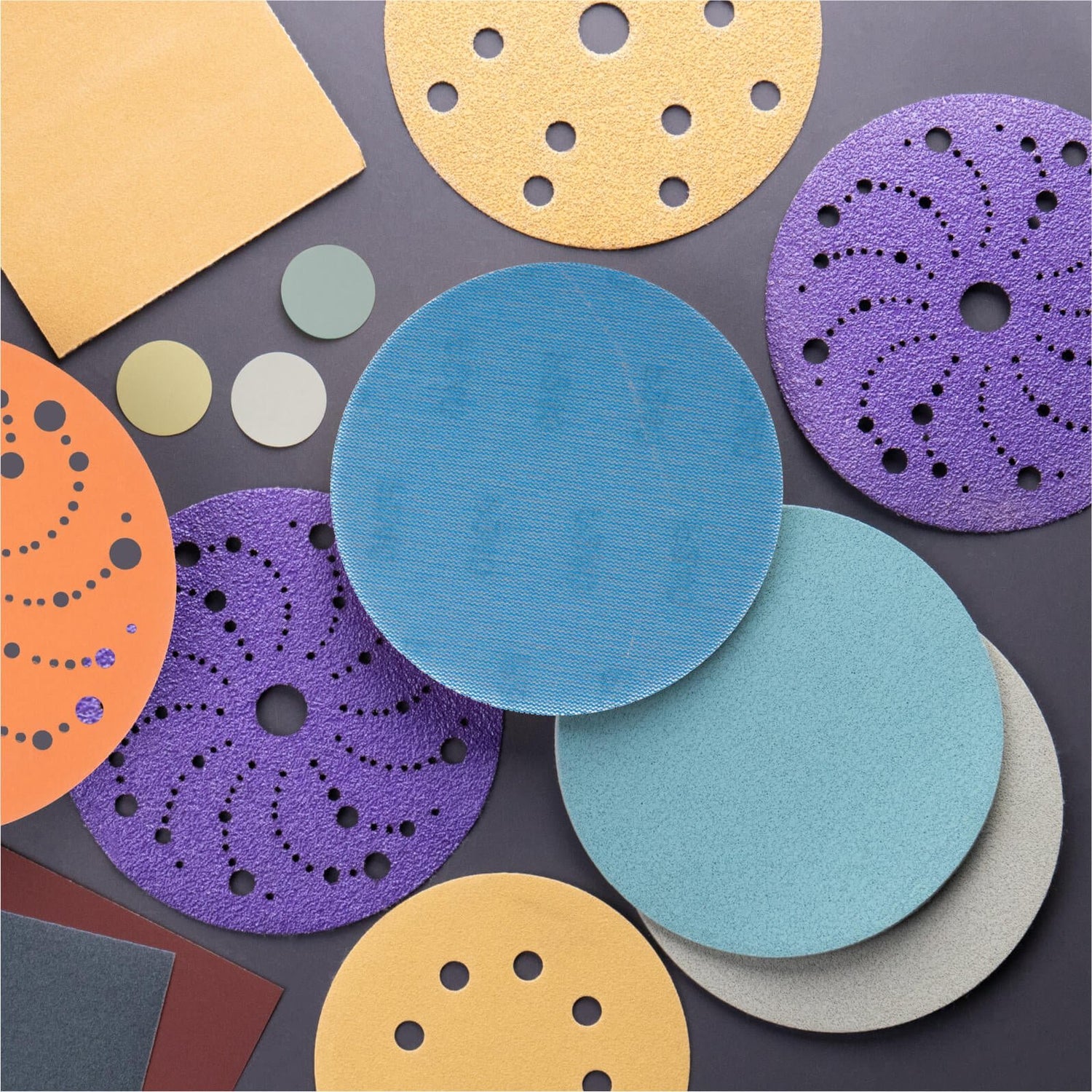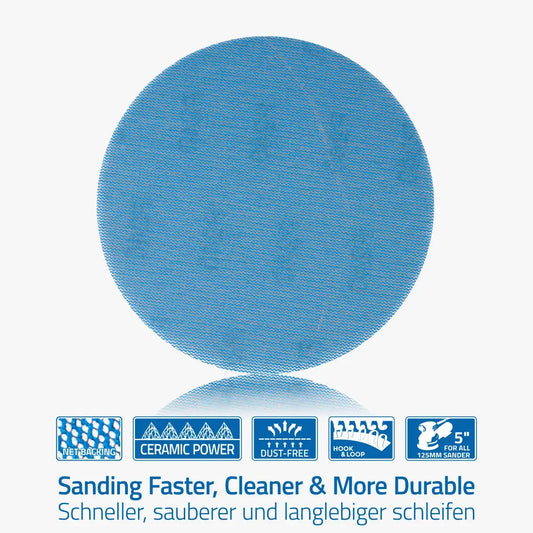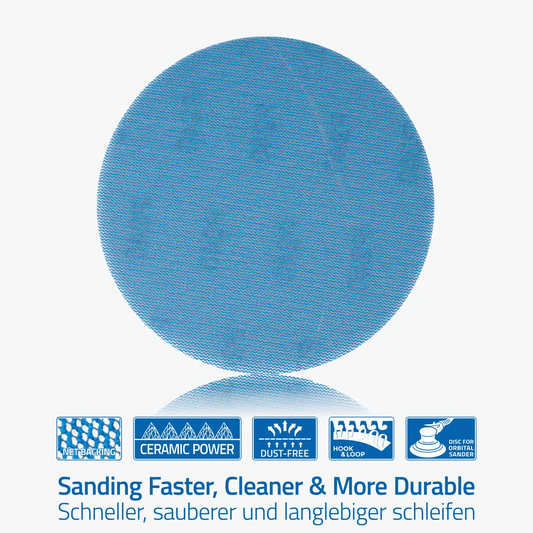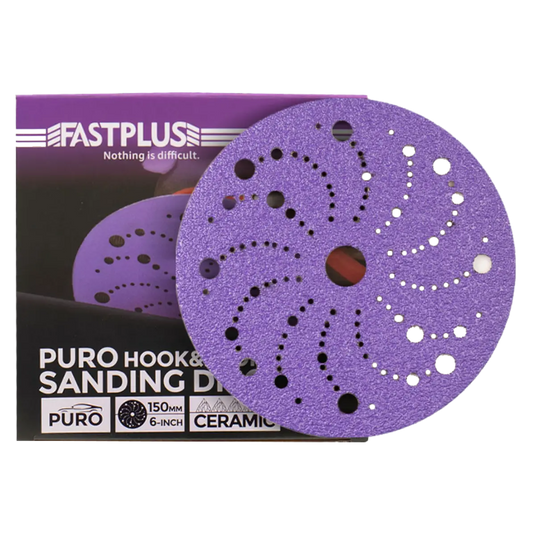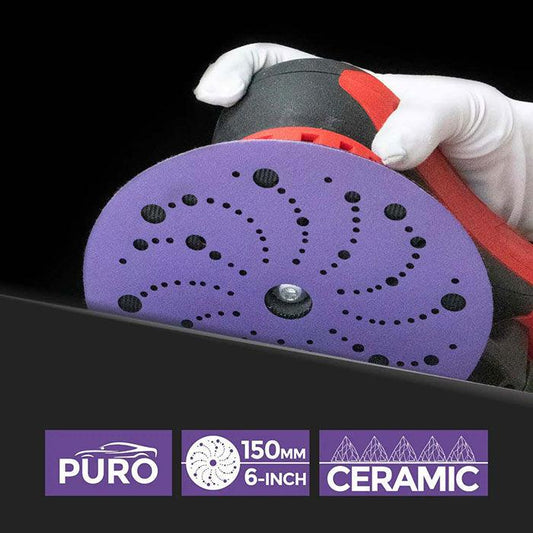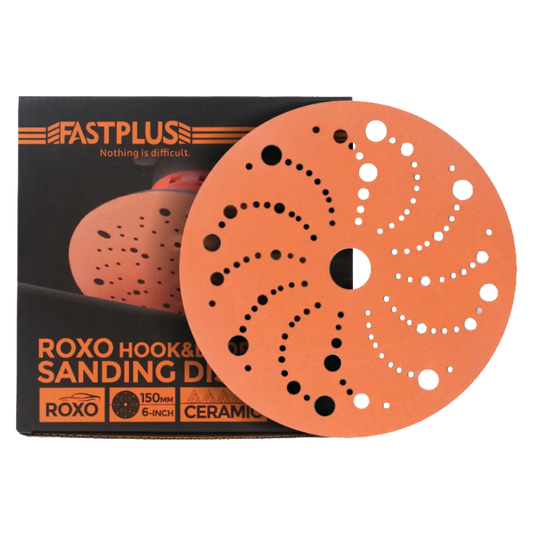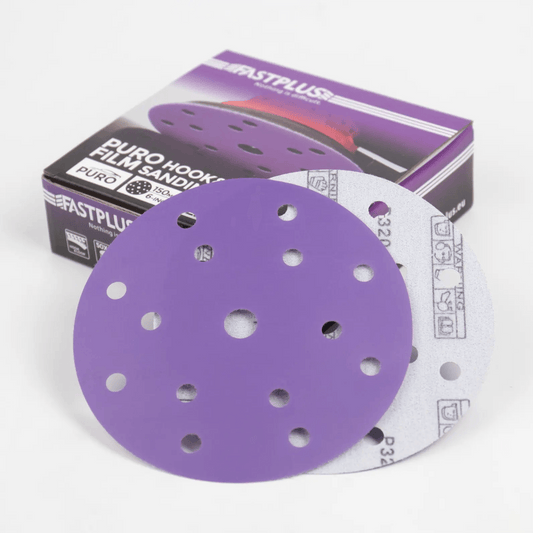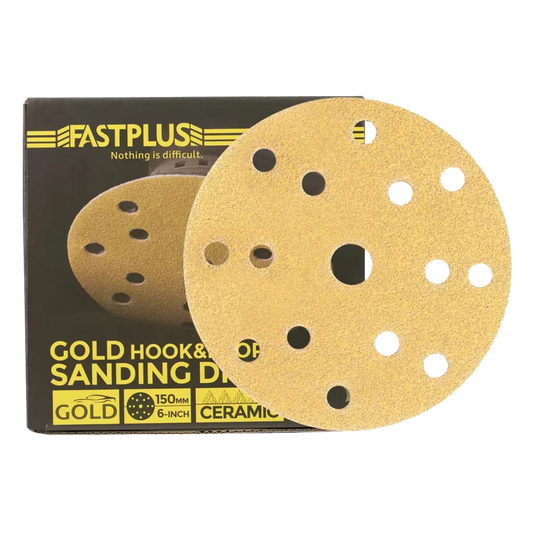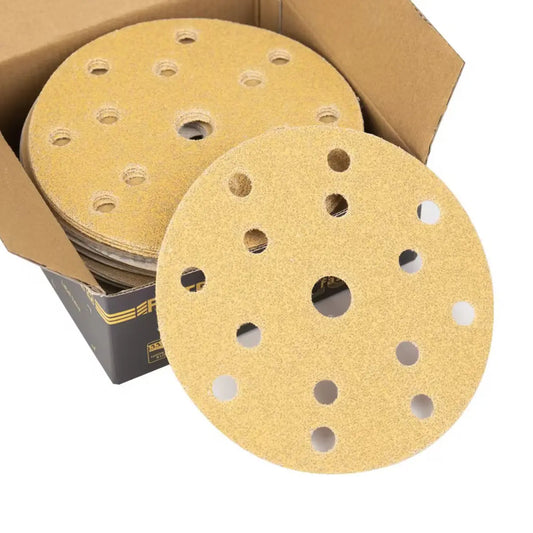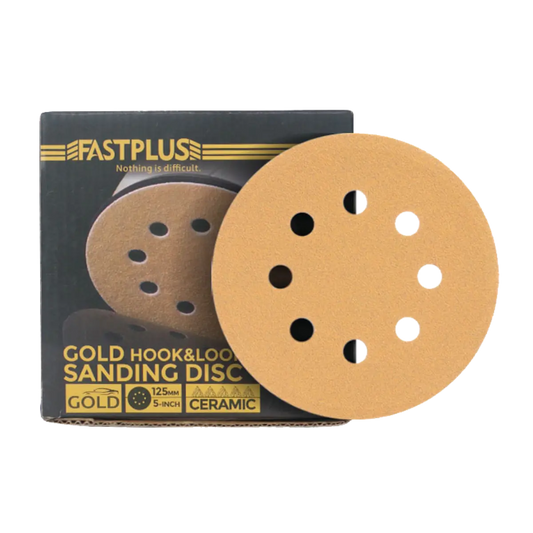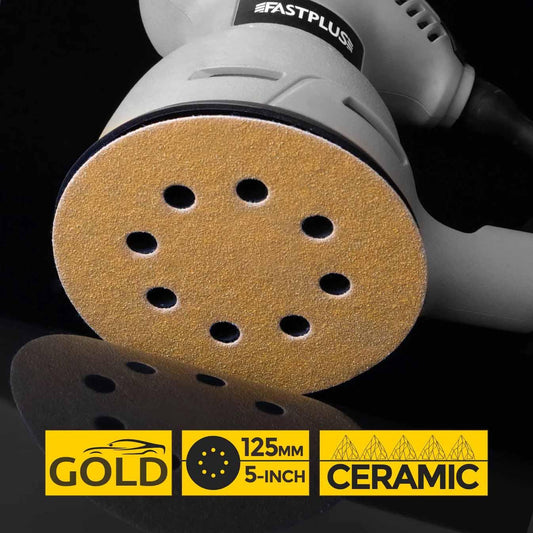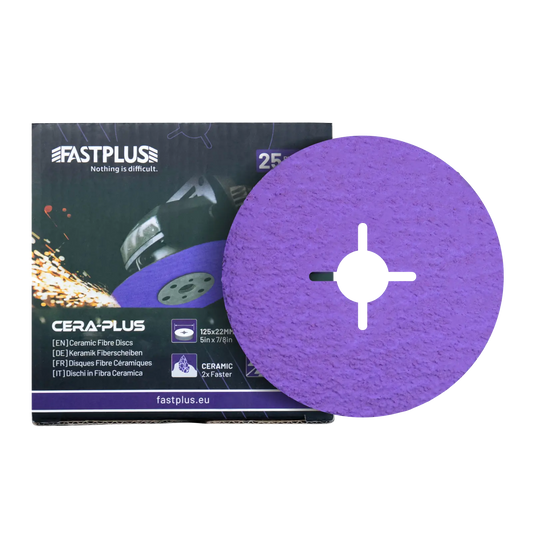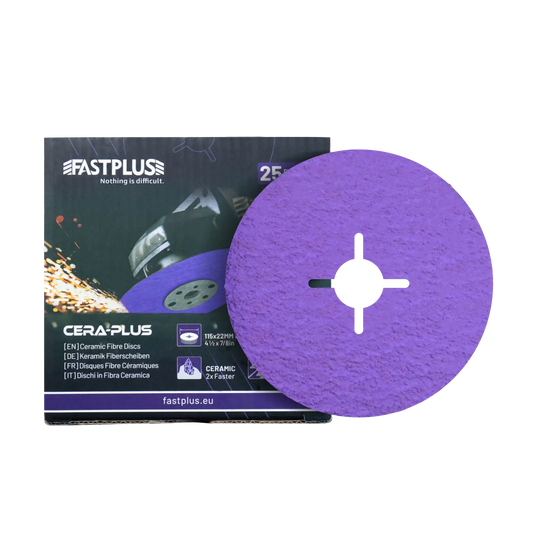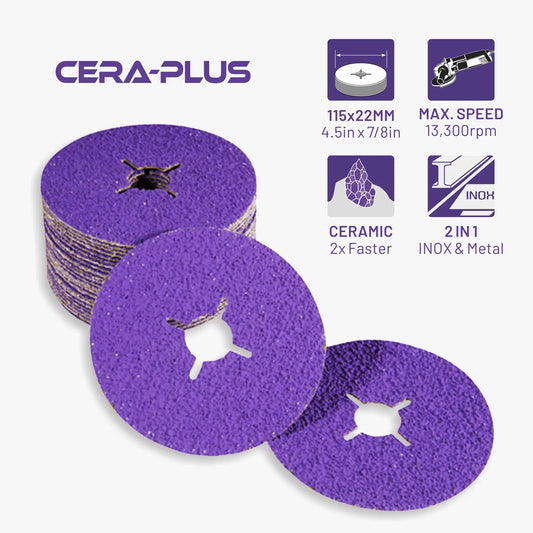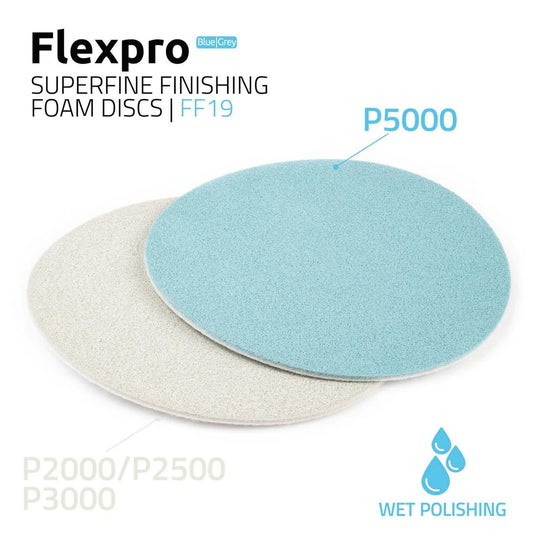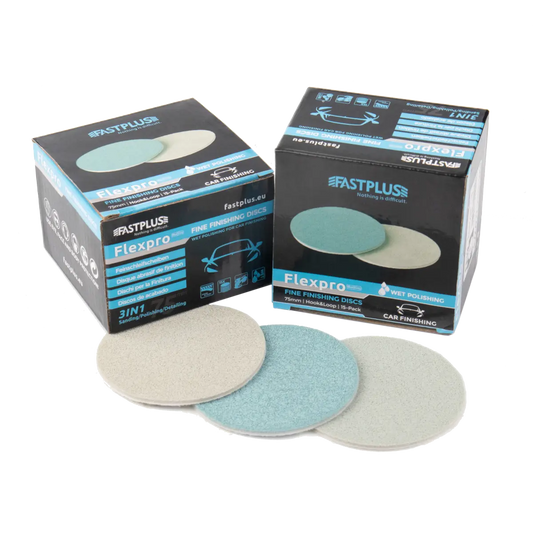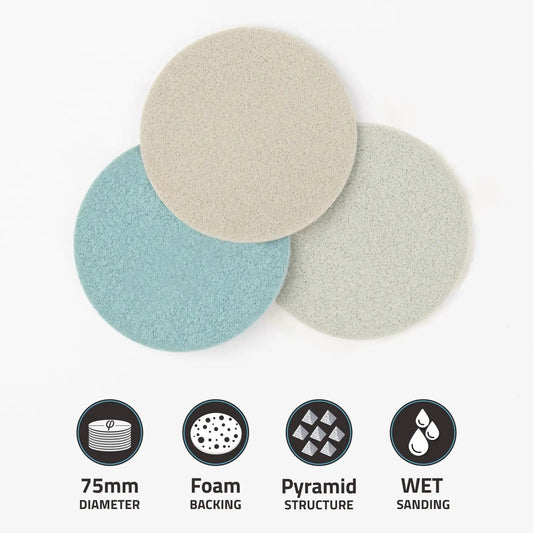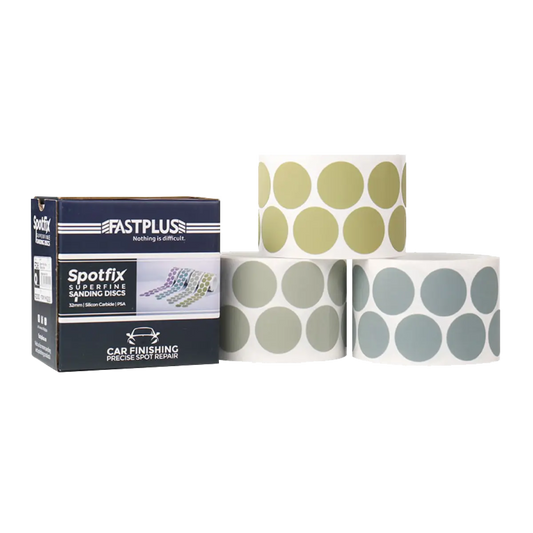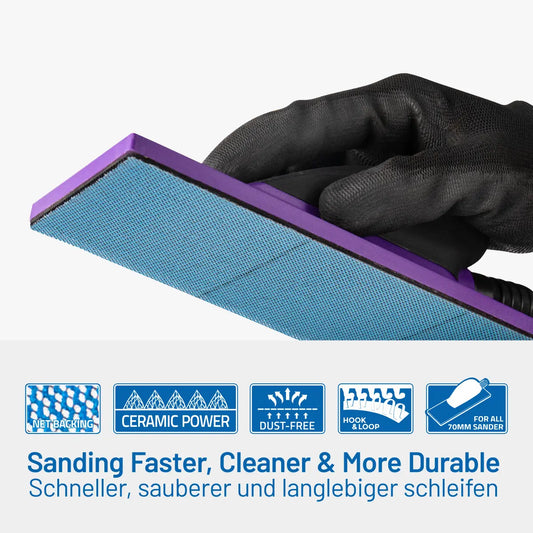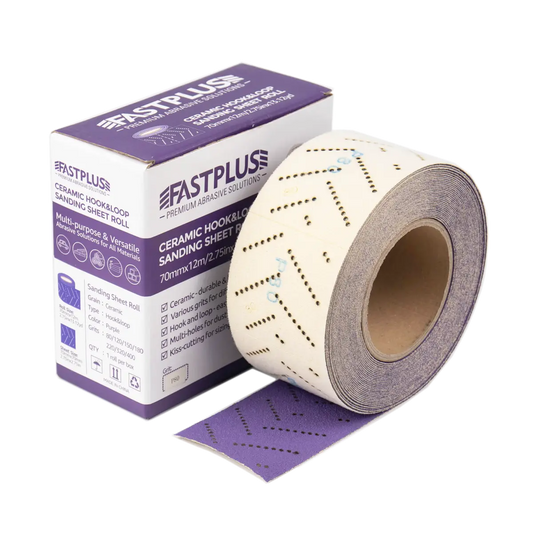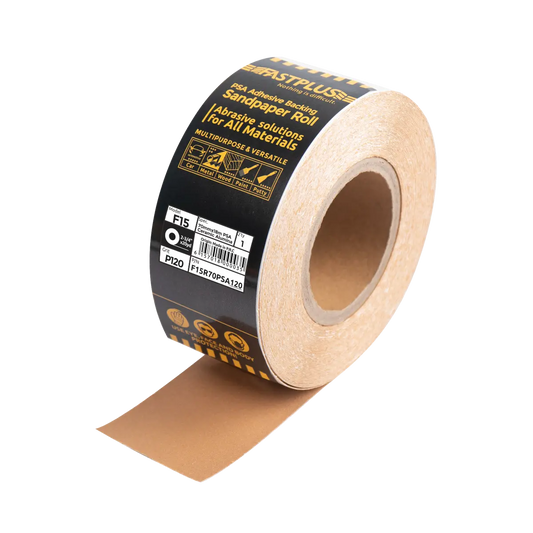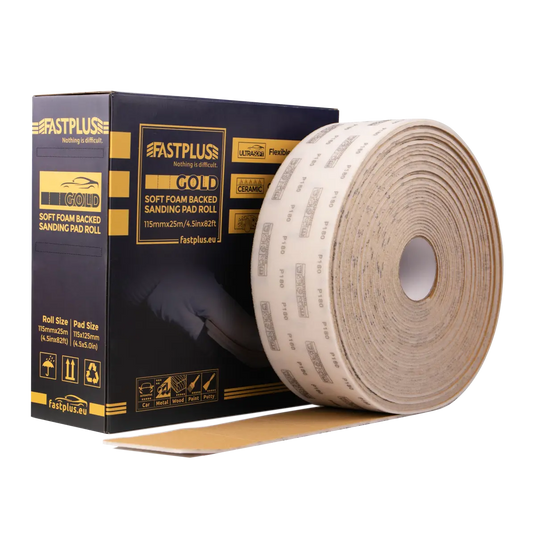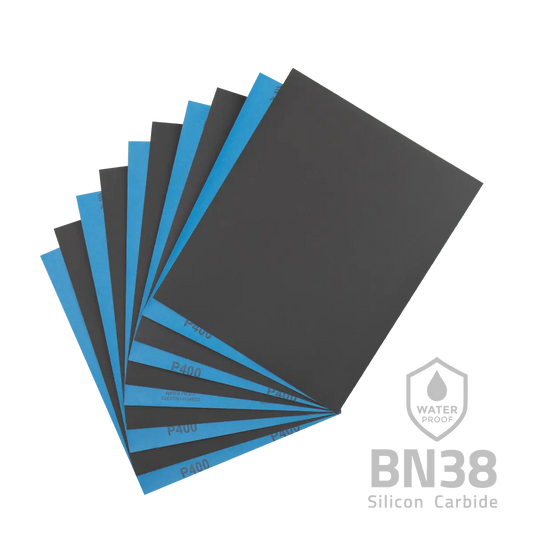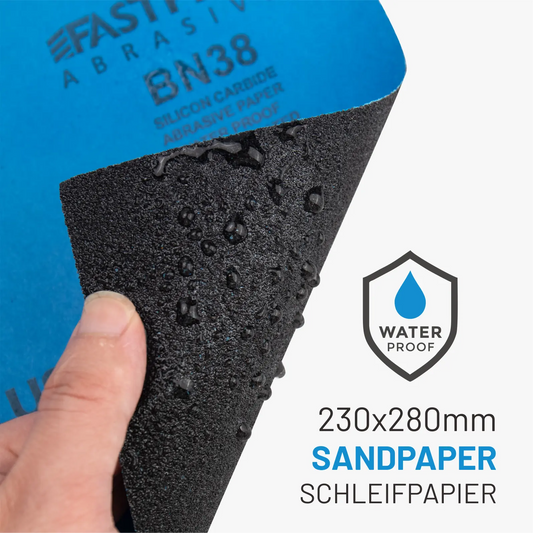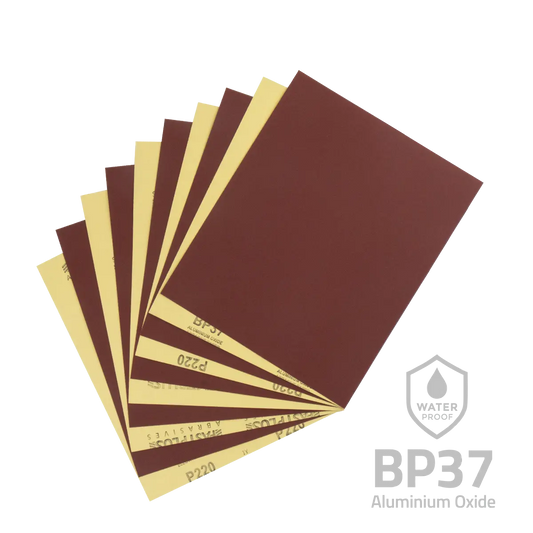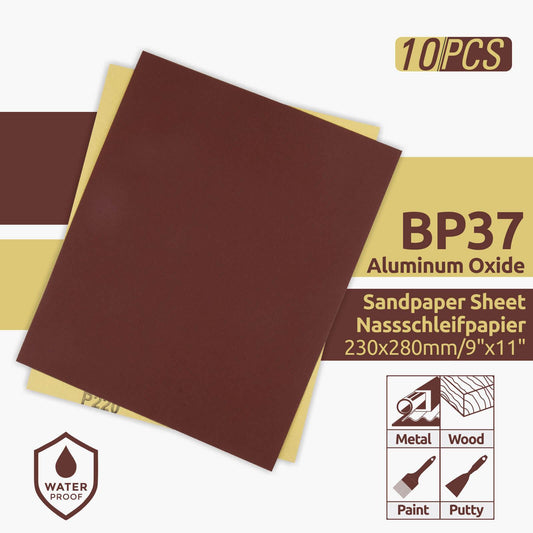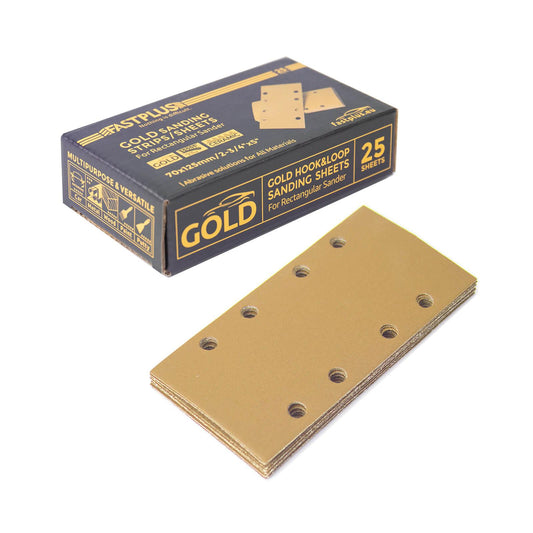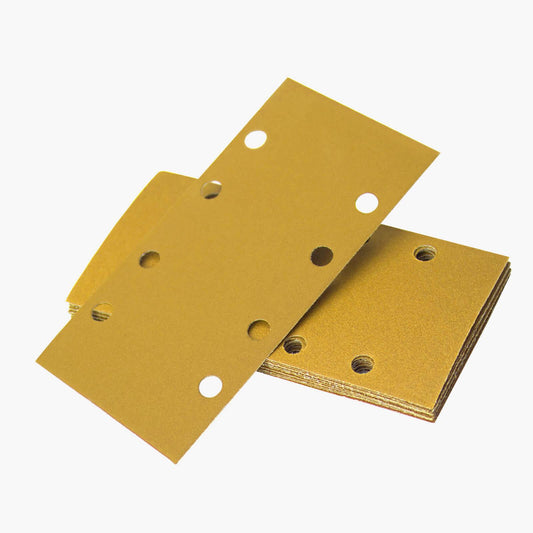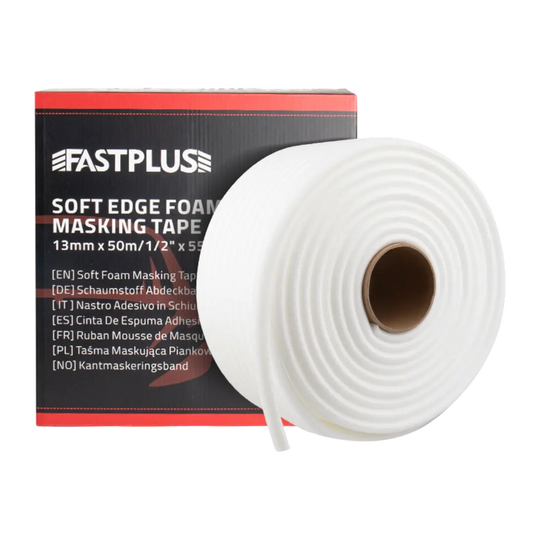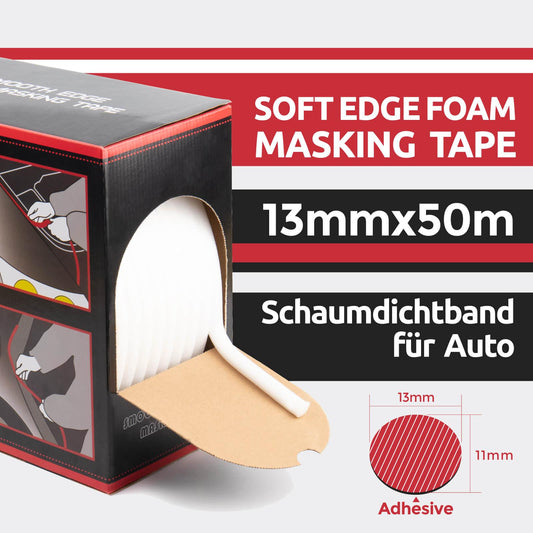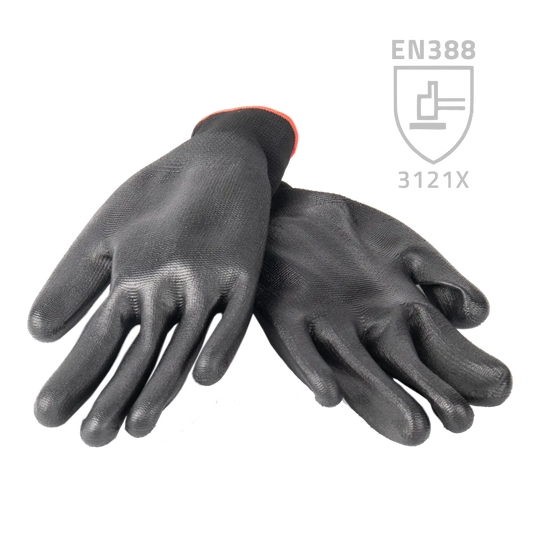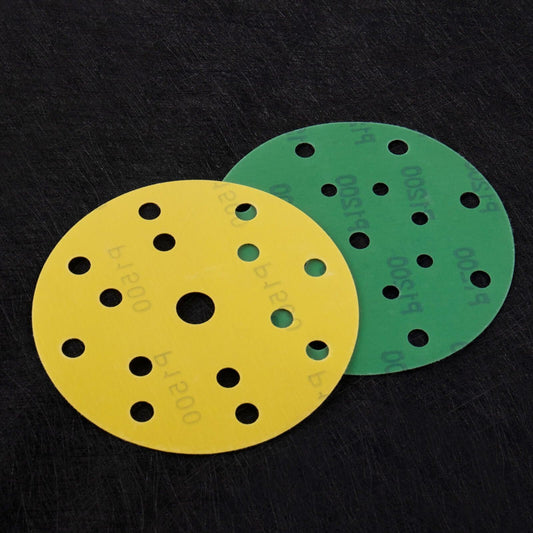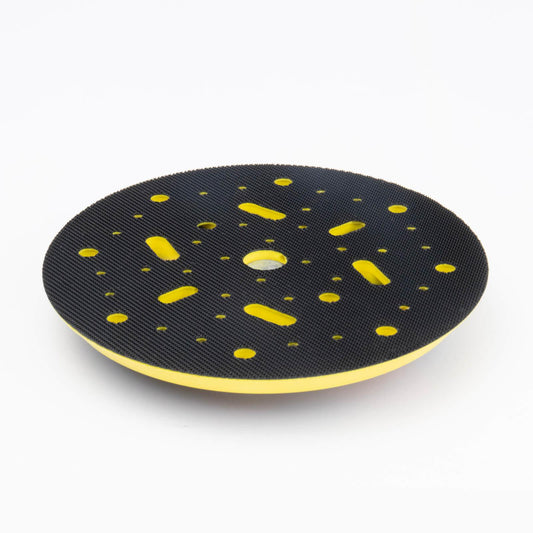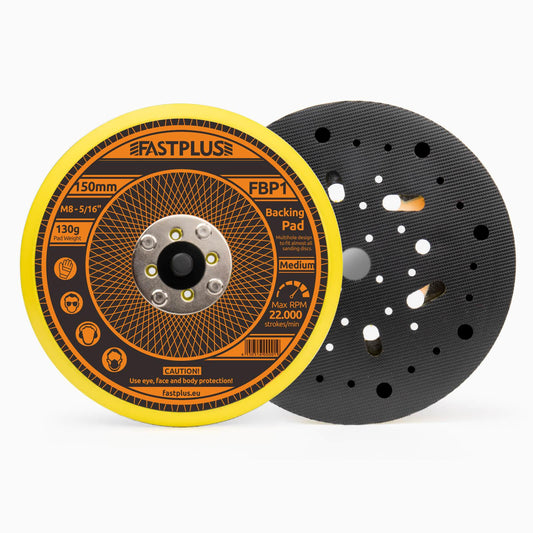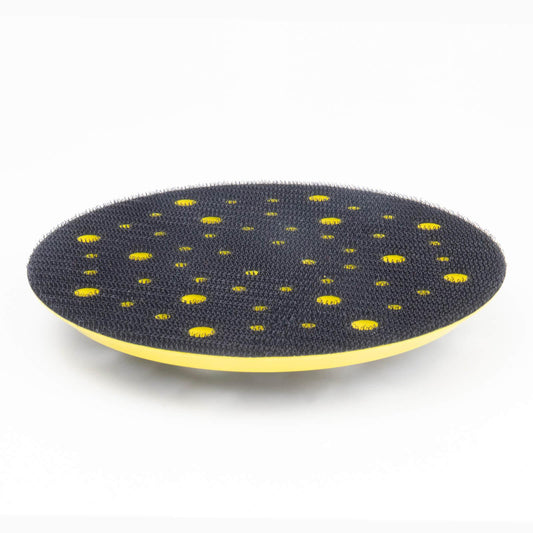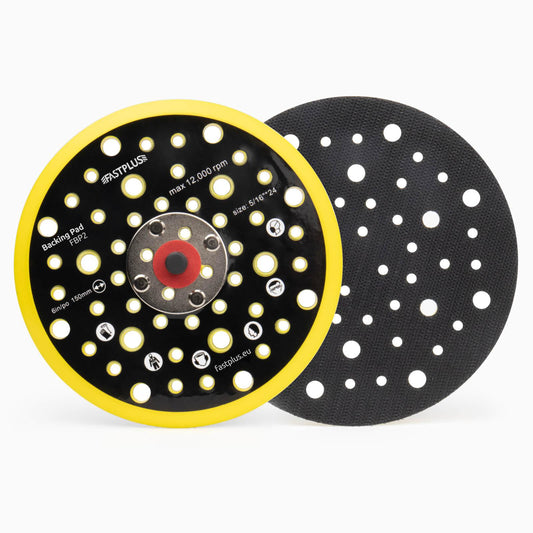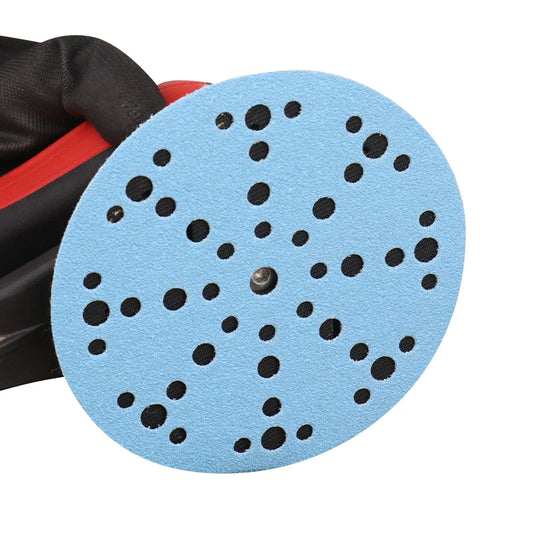
How to Sand Spindles Without Power Tools?
While power tools offer efficiency and speed in many woodworking tasks, they are not always well-suited for sanding spindles, particularly those with intricate designs or hard-to-reach areas. In contrast, hand-sanding spindles offers a host of advantages that make it the preferred method for many craftsmen. In this blog, we will explore the techniques, tools, and strategies for mastering the art of hand-sanding spindles, empowering artisans to unlock the full potential of their craftsmanship, and creating pieces that stand as testaments to skill and dedication.
Preparing the Sandpaper
Cutting Sandpaper Strips: To tailor the sandpaper to the specific dimensions of the spindle, begin by cutting strips of appropriate width. Different sections of the spindle may require varying widths of sandpaper strips to ensure thorough coverage. For instance, narrower strips are suitable for intricate details and tight spaces, while wider strips are preferable for flat sections. Reinforce the durability of the sandpaper strips by securing them with duct tape along the edges, preventing premature tearing or fraying during sanding.
Wrapping Sandpaper Strips: When wrapping sandpaper strips around the spindle, employ techniques that maximize efficiency and effectiveness. Start by anchoring one end of the strip to the spindle using gentle pressure, ensuring a secure grip. Gradually wind the strip around the spindle, overlapping each successive pass slightly to avoid gaps or uneven sanding. Maintain even tension throughout the wrapping process to ensure consistent sanding coverage across the entire surface of the spindle.
Techniques for Effective Hand Sanding
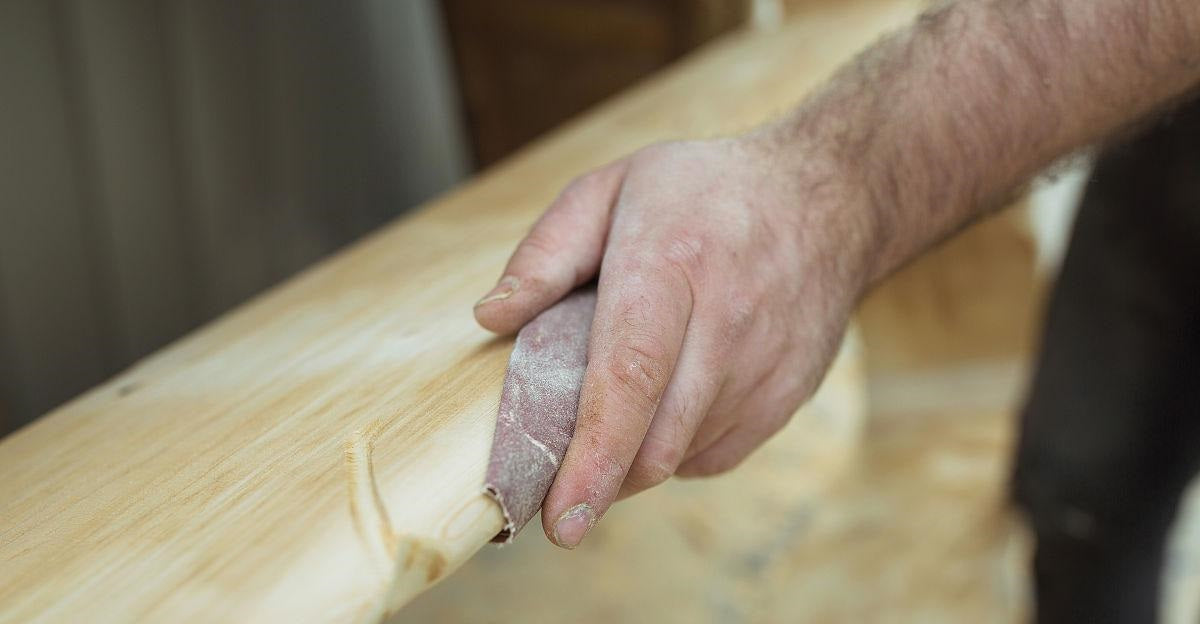
Basic Sanding: Mastering the fundamentals of basic sanding techniques is essential for achieving optimal results. Adopt a fluid hand movement, traversing the length of the spindle with smooth, even strokes. Apply consistent pressure to the sandpaper, exerting enough force to remove imperfections without causing damage to the wood. Always sand with the grain of the wood to prevent cross-grain scratches and maintain the integrity of the surface.
Reaching Tight Spaces:
- Sandpaper Strips: When confronted with tight spaces and intricate details, employ narrow sandpaper strips to access these challenging areas. Maneuver the strips with precision, guiding them into grooves and crevices with deliberate movements. Utilize a combination of linear and circular motions to ensure comprehensive coverage and uniform sanding across all surfaces.
- Abrasive Cord: For particularly intricate areas that cannot be reached with conventional sandpaper strips, abrasive cord offers a versatile solution. Thread the abrasive cord into grooves and tight spaces, utilizing a back-and-forth motion to achieve thorough sanding. The flexibility and abrasiveness of the cord enable it to conform to the contours of the spindle, ensuring consistent results even in the most challenging areas.
- Sandpaper Sheets: Harness the flexibility of sandpaper sheets to conform to the unique shapes and angles of the spindle. By wrapping these sheets around the spindle, artisans can achieve comprehensive coverage and uniform sanding pressure across all surfaces. The elastic composition of the sheets allows them to adapt to the curvature of the spindle, ensuring efficient and effective sanding.
Sanding Different Spindle Sections
- Flat Areas: For flat sections of the spindle, employ long, even strokes with the sandpaper to maintain a consistent surface texture. Pay close attention to the direction of the wood grain, sanding parallel to the grain to avoid creating unsightly scratches or marks.
- Rounded Sections: When sanding rounded sections of the spindle, adjust your technique to accommodate the curvature of the surface. Use circular motions with the sandpaper, gradually working your way around the spindle to ensure uniform sanding coverage. Maintain a steady pace and even pressure to achieve smooth, consistent results.
- Decorative Details: When encountering spindles adorned with decorative details or intricate carvings, exercise caution and precision to preserve these embellishments. Utilize narrow sandpaper strips or abrasive cords to access these delicate areas, employing gentle pressure and controlled movements to avoid inadvertently altering or damaging the decorative features.
Maintaining a Consistent Grit
Throughout the sanding process, adhere to the principle of using progressively finer grits to achieve a smooth, polished finish. Begin with a coarser grit to remove imperfections and refine the surface, then gradually transition to finer grits to smooth out scratches and achieve a satin-like sheen. Each successive grit serves to refine the surface further, culminating in a finish of unparalleled smoothness and quality.
Checking for Smoothness
To ensure uniform sanding and a flawless finish, periodically inspect the spindle by running your fingers along its surface. Pay attention to any rough patches, inconsistencies, or irregularities that may indicate areas in need of further sanding. By relying on tactile feedback in addition to visual inspection, artisans can identify and address any imperfections, ensuring a pristine final result.
Additional Tips and Tricks
Sanding Spindles While Attached:
- Use masking tape or painter's tape to protect adjacent surfaces from accidental scratches or abrasions during sanding.
- Employ flexible sanding tools, such as foam sanding blocks or contour sanders, to effectively reach and sand spindles that are part of a larger structure.
- Exercise caution and precision to avoid damaging surrounding elements while sanding attached spindles, adjusting techniques as necessary to accommodate the unique challenges posed by the structure.
Sanding Spindles with Curves:
- Utilize flexible sanding tools, such as foam-backed sandpaper or flexible sanding pads, to contour to the curves of the spindle and maintain a smooth finish.
- Alternate between sanding with the grain and against the grain on curved sections to ensure thorough coverage and consistent results.
- Apply lighter pressure and shorter strokes when sanding curved sections to prevent over-sanding and maintain the integrity of the wood.
Protecting Delicate Details:
- Use masking tape or painter's tape to carefully mask off decorative elements or delicate features on the spindle before sanding.
- Employ narrow sandpaper strips or abrasive cords to selectively sand around intricate details while avoiding direct contact with the delicate elements.
- Exercise patience and precision to preserve the integrity of decorative elements, making adjustments to sanding techniques as needed to avoid damage or distortion.
Sanding for Different Purposes:
- When sanding spindles in preparation for painting, focus on achieving a smooth, uniform surface free of imperfections that may affect the final appearance of the paint.
- For staining purposes, pay close attention to achieving consistent sanding across all surfaces to ensure even absorption of the stain and prevent blotching or uneven coloring.
- Prioritize thorough sanding and surface preparation when planning to apply a clear finish, such as varnish or polyurethane, to highlight the natural beauty of the wood and achieve a glossy, professional-looking result.
Conclusion
In retrospect, the advantages of hand-sanding spindles without power tools are manifold. Not only does this method allow for unparalleled control and precision, but it also fosters a deeper connection to the woodworking process. For those embarking on woodworking endeavors, especially with intricate spindles, hand-sanding offers a more meticulous and tailored approach. The meditative quality of hand-sanding allows for a deeper appreciation of the material and the creative process, resulting in pieces that exude both artistry and excellence.
